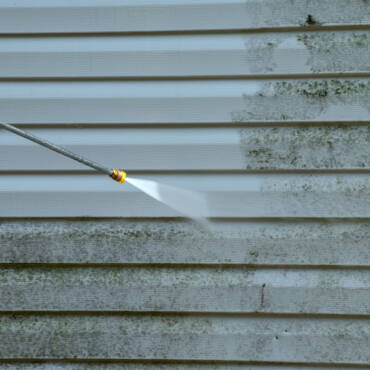It’s a technology that is thousands of years old and also newly re-discovered. Humans have been using it since the dawn of settlements and now it’s becoming the hottest (pun intended) method of heating in new or renovated homes. It’s being used to combat climate change, reduce the dependence on fossil fuels and save us all money in the process.
What is this miracle of heating? It’s hydronic heating. Maertin Heating and Cooling is here to explain why a boiler might be the best choice for you or your business.
Thousands of years ago, humans began building their shelters over hot springs and using the rising steam to heat their homes. In the United States, archaeologists have found evidence that Paleo-Indians settled at hot springs, using the springs to bathe and warm their homes.
In the 1800s, technology took a huge step forward. Central boilers replaced the hot springs, making hydronic heat a possibility anywhere, without reliance on the natural terrain and geography. A system of pipes and radiators were added to create more targeted and controllable heating in homes and businesses during cold months. Boiler heat, also known as hydronic heat, was and still remains one of the most efficient ways to heat buildings.
Hydronic heating works like a heat pump, heating water and then moving that water and its heat to places that are cold. A typical example would be a boiler that heats water to produce steam, forcing it through a system of pipes to heat radiators throughout a building. Those radiators then radiate heat to the room.
Hydronic heat can also be pumped to – and through – other surfaces to radiate that heat. In the early 1900s, a British inventor developed the first radiant heating panels. These panels were essentially aluminum sheeting in walls, heated by hot water pipes. Frank Lloyd Wright was one of the first influential architects to use radiant or boiler heat by running hydronic tubing in the slab floors of his house designs. This satisfied Wright’s desire to eliminate clutter and have clean, unbroken lines.
Increasingly, today’s builders are following Wright’s lead and using hydronic heat in flooring, providing an effective and unobtrusive heating system for homeowners. Tubing runs through a slab or even floor joists, distributing heat to the flooring, which then rises and heats the room. This approach works better than using heating panels in the walls or ceiling, where the heat gets distributed less evenly. Innovations in heat-resistant tubing, tankless hot-water heaters, and high efficiency pumps allow for hydronic heat in combination with a variety of flooring, though the type of flooring matters. Ceramic tiles that hold their heat increase the effectiveness of the system, whereas carpeted floors tend to add an unwanted layer of insulation between your feet and the comforting heat below the floor.
In addition to allowing for a range of radiant heating surfaces, hydronic heat also provides flexibility in terms of energy use. Water can be heated using gas- or oil-fired boilers, wood-fired systems, and even geothermal and solar water heaters. This flexibility makes hydronic heat particularly useful for structures off the electrical grid or when energy prices are high. In fact, after realizing their reliance on coal was expensive, dirty and not sustainable, Iceland is now getting nearly 90% of its energy, including heating, from steam.
Because hydronic systems distribute heat to surfaces throughout the building, they allow for multiple zones of heating and more efficient and targeted use of energy. Because water conducts heat more efficiently than air, your house will be less dry using hydronic heat while yielding 20-40% lower energy costs.
Hydronic heat, an ancient technology now seen as one of the solutions to our future energy needs, can be right for you when you’re building or renovating a home or business. If you’d like to have a conversation about boilers and this technology, call Maertin Heating and Cooling at 708-479-9350. We will be happy to explain in detail!




Add Comment